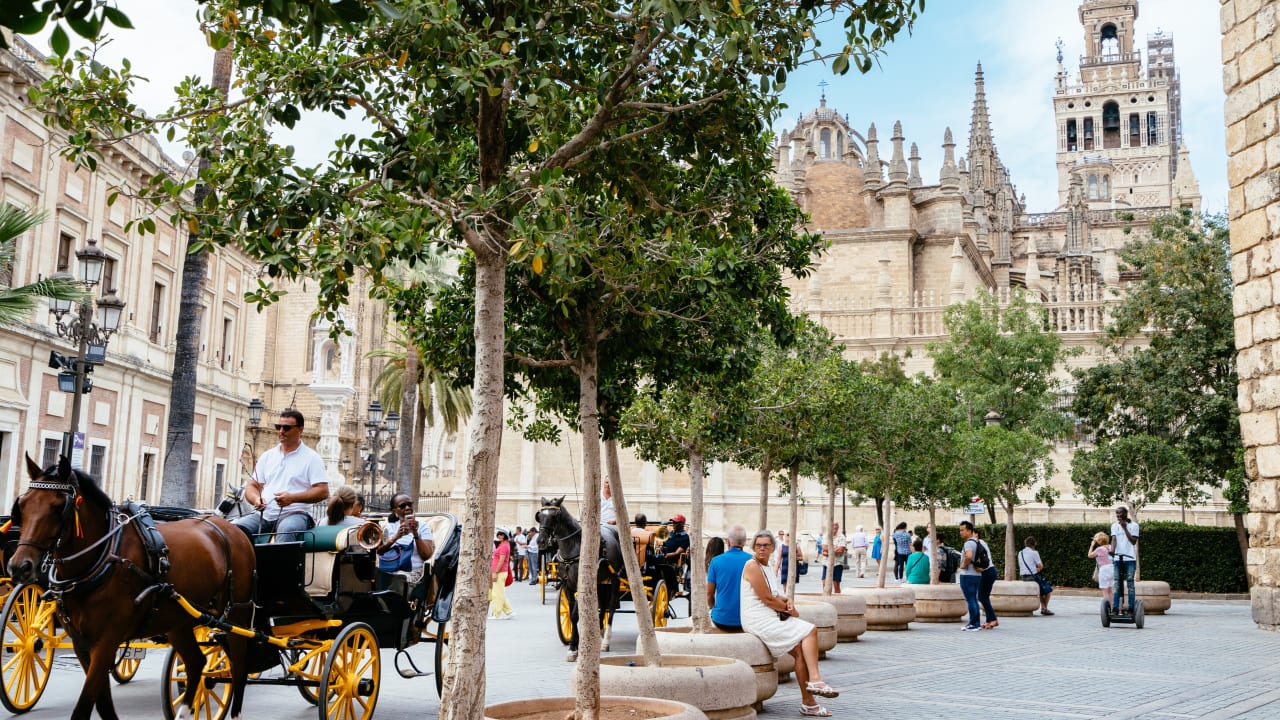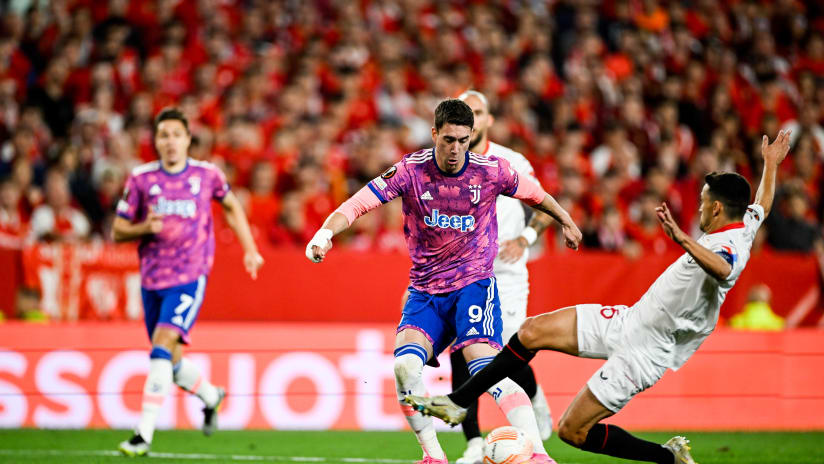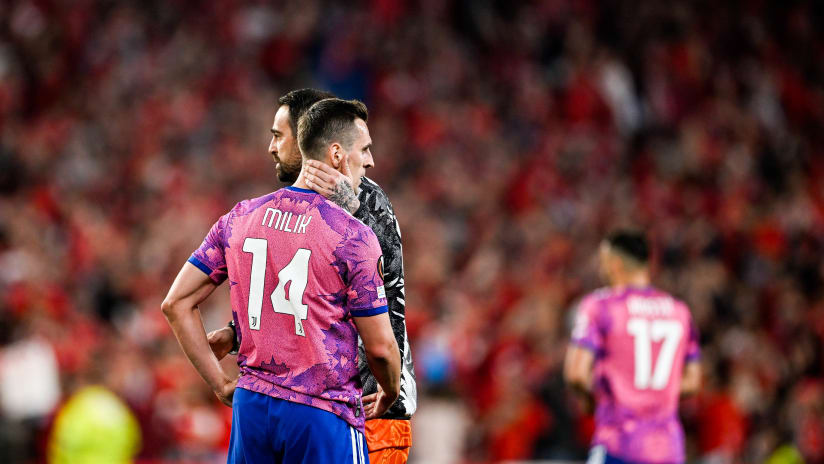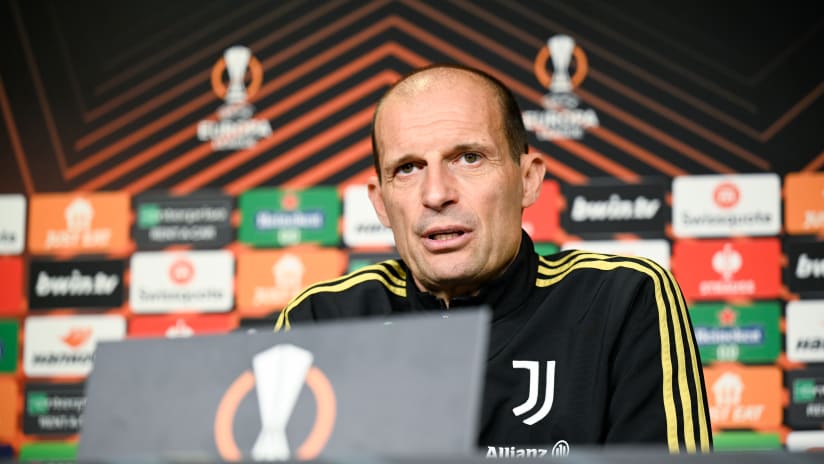16 May 2023
Juventus pay a return visit to the Spanish city of Seville after two previous stopovers in consecutive seasons in the Champions League from 2015 to 2017. For the first time the two teams meet in the Europa League, and adding to the tension is the place in the final that is up for grabs.
Let's take a look at the main sightseeing locations in the city, including the club's awe-inspiring cauldron of a stadium.
SIGHTSEEING
Seville is the largest city in the southern region of Andalusia and Spain's fourth most populous city with a metropolitan population of approximately 1.5 million people.
Founded by the Romans as Hispalis over two thousand years ago, it was a key location during the Islamic conquest 900 years later and owing to its having the only river port in Spain it became the gateway of the Spanish Empire's trans-atlantic trade in the middle ages.
Its rich and distinct history is reflected in the parks, museums and landmarks.
Ten kilometers north of Seville is Itálica, the birthplace of Emperors Hadrian and Trajan. The Archaeological Park is home to excavations that date back to 206 BC and include a Roman amphitheater and several mosaic floors.
In the city itself sits one of the largest of all medieval and Gothic cathedrals, the Catedral de Santa María de la Sede, better known as Seville Cathedral, built on the site of the city's former mosque. Facing the cathedral is the Alcázar, which was developed from a previous Moorish palace built on an existing Roman construction. Many scenes of the TV series Game of Thrones were shot at this location. The Museum of Fine Arts, the Archeological Museum and the Museum of Arts and Traditions house collections that capture the city's rich history.
The Antiquirium is an underground museum which is home to the most important archaeological site of the ancient Roman stage of Seville, situated below the Metropol Parasol, the world's largest wooden structure. The monumental umbrella-like building was finished in 2011.
For sports fans, the Sevilla Football Club Stadium Tour at the club's home ground is another site not to be missed.
THE STADIUM
The Estadio Ramón Sánchez-Pizjuán is named after Sevilla Football Club's historical president and was inaugurated in 1958 with a capacity of 70 thousand spectators. Its capacity was reduced to 68 thousand for the 1982 FIFA World Cup, when it hosted two matches, the second being the unforgetable semi-final between France and West Germany.
Capacity was further reduced to 42 thousand seats when it was transformed to an all-seater during the mid-1990s. Last season it hosted a European final for the second time when Eintracht Frankfurt defeated Rangers on penalties in the Europa League decider.
The stadium nicknamed La Bombonera de Nervión after the neighbourhood in which it was built also held the European Cup final in 1986, when Steaua București defeat Barcelona, again on penalties.




